Amar Singh Chamkila Review: Imtiaz Ali’s latest film, “Amar Singh Chamkila,” is a powerful and compelling biopic that delves into the life and legacy of the iconic Punjabi singer. Diljit Dosanjh delivers an outstanding performance as the titular character, bringing to life the struggles, triumphs, and ultimate tragedy of Chamkila‘s remarkable journey.
Who was Amar Singh Chamkila
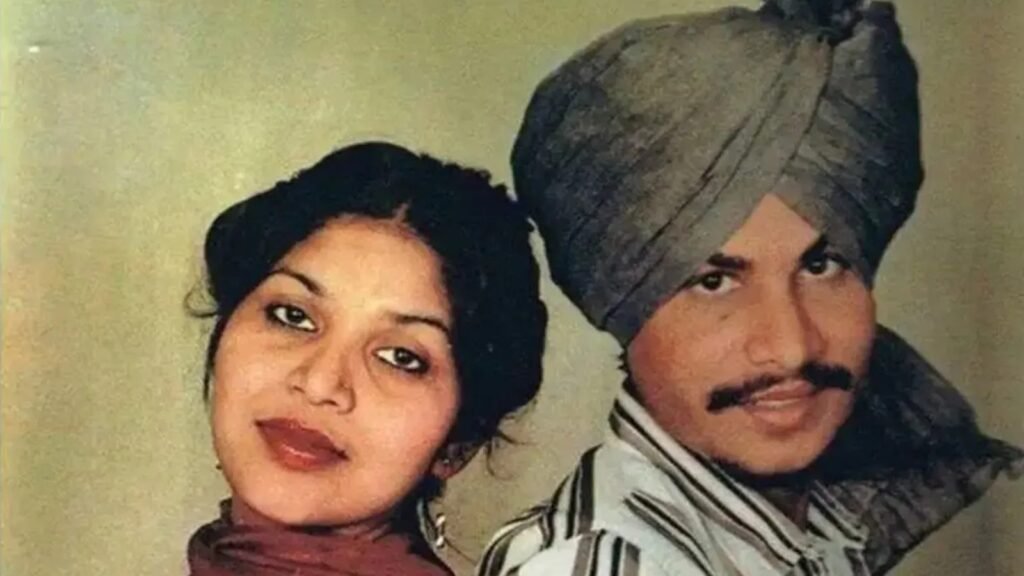
In the annals of Punjabi music, the name Amar Singh Chamkila shines bright as a shooting star that burned brilliantly before being tragically extinguished. His life though cut short at the tender age of 27, left an indelible mark on the cultural fabric of Punjab and beyond. Chamkila’s story is one of resilience, passion, and an unwavering commitment to his art, despite the controversies and adversities that dogged his path.
Born Dhani Ram Chamkila on July 21, 1961, in the village of Bara, Punjab, Chamkila’s journey began amidst humble circumstances. Hailing from the Chamar caste, a community traditionally associated with leatherwork, he defied societal norms and embraced music as his calling from a young age.
His early years were marked by an insatiable desire to sing, often belting out tunes while tending to cattle or performing household chores.
Rise to Stardom
Chamkila’s talent and determination soon propelled him into the limelight. His unique vocal style, blending elements of traditional Punjabi folk music with contemporary influences, struck a chord with the masses. His lyrics, often described as raw and unfiltered, reflected the harsh realities of life, touching upon themes of love, desire, and societal ills.
As his popularity soared, Chamkila became a phenomenon, breaking sales records and selling out concerts across Punjab, India, and even abroad. His ability to connect with the working class, the “constables” as he affectionately called them, was unparalleled. His music resonated with the aspirations and struggles of the common people, earning him the moniker “Elvis of Punjab.”
Also Check Out: Maidaan Movie Review: Ajay Devgn’s Sporting Biopic Fails to Score Big
Controversies and Backlash

However, Chamkila’s success was not without its share of controversies. His lyrics, deemed by some as vulgar and obscene, drew the ire of religious and cultural authorities. He faced threats, coercion, and extortion, with demands to censor his music or face dire consequences.
Undeterred, Chamkila continued to create and perform, asserting his right to artistic expression. His defiance came at a cost, as he found himself embroiled in a tug-of-war between appeasing his critics and staying true to his artistic vision.
Tragic End
On March 8, 1988, Chamkila’s life was tragically cut short when he and his wife, fellow singer Amarjot Kaur, were gunned down in their vehicle after a performance. The perpetrators of this heinous act remain unknown, and the case remains unresolved to this day.
The news of Chamkila’s untimely demise sent shockwaves through Punjab and the Punjabi diaspora worldwide. Thousands mourned the loss of a cultural icon, a voice that had given expression to their hopes and dreams.
Also Check Out: Bade Miyan Chote Miyan Review: Did Akshay and Tiger’s Magic Fail to Impress
Legacy and Impact
In the aftermath of his death, Chamkila’s music and legacy have only grown in stature. His songs, once deemed controversial, are now celebrated as authentic representations of Punjabi culture and the human experience.
His influence can be seen in the works of countless artists who have followed in his footsteps, drawing inspiration from his fearless approach to art and his unwavering commitment to self-expression.
Today, Chamkila’s memory lives on through his music, which continues to resonate with audiences across generations. His story serves as a reminder of the power of art to transcend boundaries, challenge societal norms, and give voice to the voiceless.
Amar Singh Chamkila Movie Review
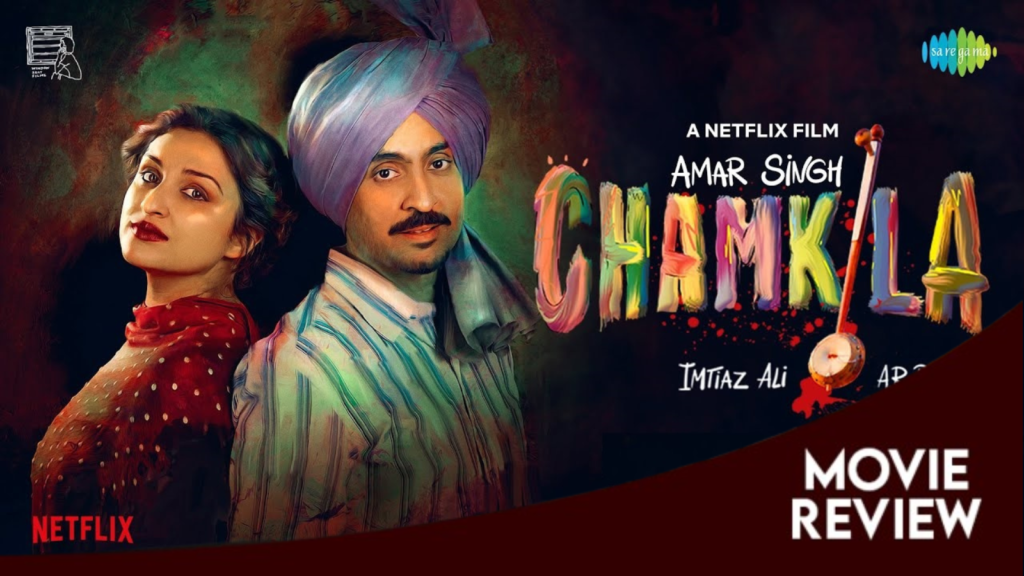
In a recent biopic directed by the renowned Imtiaz Ali, Chamkila’s life and journey have been brought to the silver screen. Titled “Amar Singh Chamkila,” the film stars Diljit Dosanjh in the titular role, capturing the essence of the legendary singer’s rise to fame, his struggles, and his enduring legacy.
The biopic, released on Netflix, has garnered widespread acclaim for its authentic portrayal of Chamkila’s life and the socio-political landscape of Punjab during the turbulent 1980s. Dosanjh’s powerful performance, coupled with Ali’s deft direction, transports viewers into the world of this iconic figure, allowing them to experience the joys, sorrows, and complexities that define his existence.
The way Indian biopics relate to history limits them. Stories are chosen to enlighten rather than to explore; reverence becomes the default viewpoint. Filmmaking is reduced to a medium of adoring bullet points, with no space for opinion.
Amar Singh Chamkila is a unique blend of legend and history in that regard. The very language of opinion defines the life of the murdered Punjabi musician: his star-crossed career in the 1980s; his alliances and duets; his goals and fears. The dualities of grassroots celebrity are revealed by his popularity: it can be a blazing mirror of a state but it can also have a fractured glass ceiling.
Also Check Out: Dune 3: Release Date, Cast, Plot and Everything You Need to Know
He was both praised and reviled, slaughtered and immortalised, silenced and quoted, and adored and detested. Thus, it makes sense that the film about him is creative, intrepid, and inquisitive—constantly exploring the spaces that bridge the gaps between the environments that create and destroy artists as well as between artists themselves. Ultimately, the “Elvis of Punjab” did not so much soar as he became the sun.
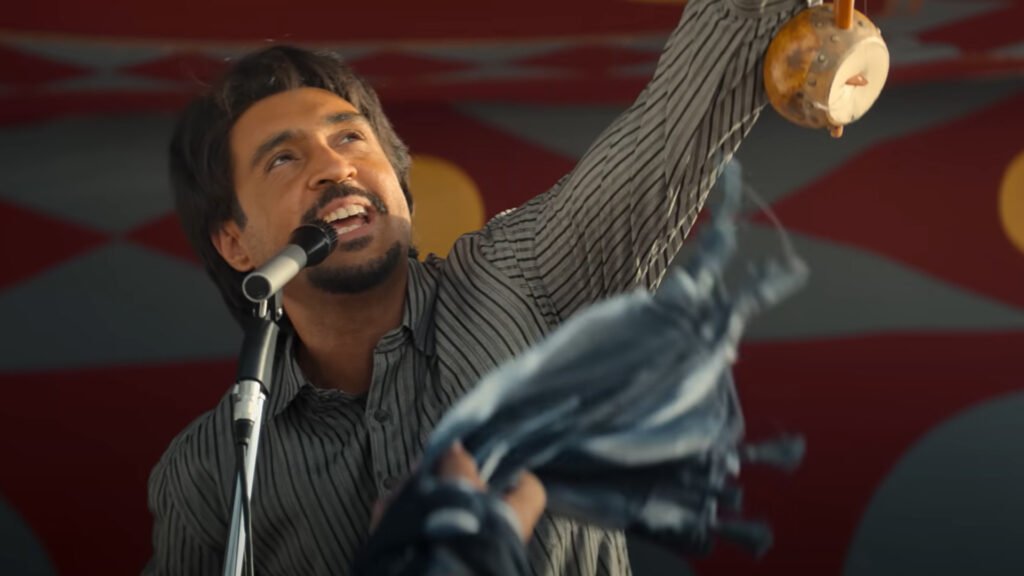
The movie does a good job of speaking to the present while singing in the past. Over the course of his career, Chamkila has managed to upset all facets of society with his reckless compositions, his tumbi and his persistence, his high-pitched voices and low-pitched reflections, and his photographs of his surroundings veiled as crass exaltations.
The hypocrisy of a people who live off of public virtue and private escape is exposed. As opposed to what he hopes to see, Diljit Dosanjh (unlike the others) creates from what he has witnessed, including misogyny, abuse, violence, adultery, and addiction. His writing is still based on observation rather than romanticization; his heart and intellect are not separated. His critics therefore see him more as an honest reporter than as a cheap musician.
Both pro- and anti-establishment forces confront him: godmen and radicals, law enforcement and competitors, lovers and lazily inclined people. Even if he gives in to peer pressure and transforms from provocateur to devotional vocalist, there is no winning. Either the masses or the classes are having issues.
The struggle is well-known: intolerance-based religions suppress artistic politics. Chamkila is scrutinised throughout the movie; he struggles with being and pleasing, hearing and listening, and pleasing and soothing people. A female journalist criticises the objectification of women in his lyrics in a poignant scenario.
Also Check Out: Doctor Who Season 14 Release Date, Cast, Plot Details, and More
His response, which implies that he is too preoccupied with survival to consider good and evil, seems to be a jab at the internet generation. He is a self-aware director who explains the popularity of his big-budget films in a different period. The tragedy of Chamkila is also captured in that time. To paraphrase the last line of Rumi’s film Rockstar (2011), there is a field beyond the concepts of right and wrong, and he meets himself there.
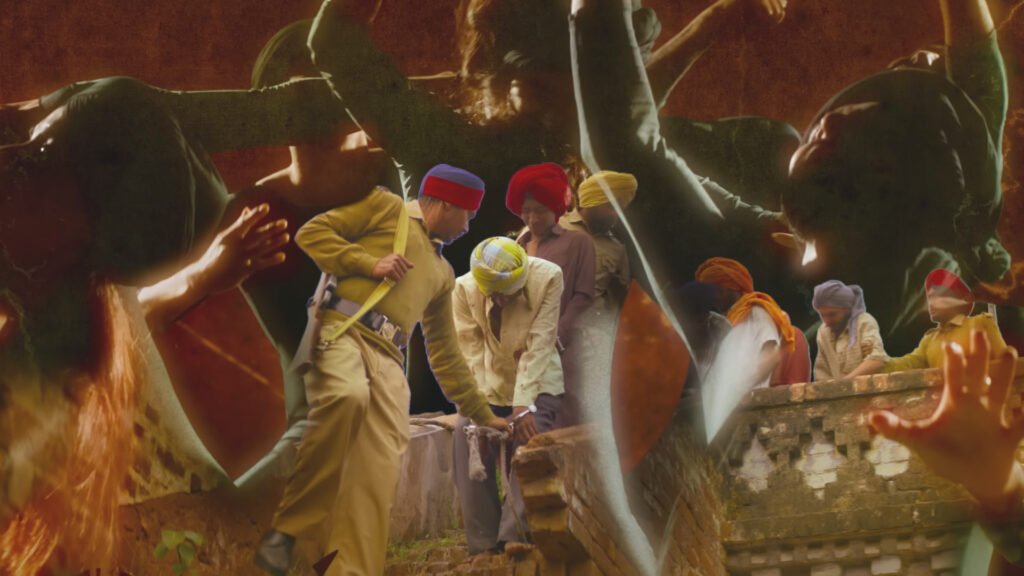
It is no accident that the two occasions that Chamkila is singing new songs and practising on a street coincide with a magic-hour glow, in which he appears at ease and liberated from someone’s delusions. His face is illuminated as though he is in that field, above societal labels and record labels, determining his own fate instead of the course of his music.
Which gets me to Amar Singh Chamkila’s true identity. Despite being a shrewd biographical drama, Imtiaz Ali’s film is a more enjoyable viewing experience.
It distils the director’s long-standing preoccupation with fiction—the multimedia fusion of fact and mythology, the recurrent motif of people serving as narrators—into a compelling postmortem of memory. Fundamentally, Chamkila is a real-life adaptation of two of the director’s most contentious quasi-biopics, Tamasha (2015) and Rockstar (2011).
Similar to Rockstar, it centres on an artist whose disapproval is a result of his impulses rather than a deliberate statement. The 2011 movie has the following physical hues: Mohit Chauhan’s song “Ishq Mitaye” (meaning “Love is a destroyer”), which is used in Chamkila’s stage-show montage during the 1984 anti-Sikh riots, is inspired by the protest ballad “Sadda Haq.”
Also Check Out: Godzilla x Kong: The New Empire Review: The Monsterverse Rumbles On
Even Kumud Mishra, the man behind Rockstar’s manager Khatana Bhai, makes a surprise appearance on the single in the opening moments as a label owner who pressures Chamkila to entertain Punjab during a period of unrest and violence.

Chamkila interprets his word “business” as “messiah.” Once more, Aarti Bajaj‘s editing conveys the musicality of life; it separates and splices routines, frames, and archive video in a way that portrays time as a limited resource.
Driven by the realisation of the past, Amar Singh Chamkila modifies the model. Here, his goals are distinct. Chamkila’s profession is on appealing to the masses; he takes great satisfaction in understanding what the public needs to hear.
He is not motivated by any idealised love or heartbreak. There’s an eerie resemblance between Ranbir Kapoor and Diljit Dosanjh’s Chamkila – his gestures, his gaze, his reactions to his wife Amarjot Kaur (a studied Parineeti Chopra).
However, Dosanjh goes beyond resemblance and ties the character’s artistic subservience to his caste. The underlying message is evident: Chamkila’s music is meant to be seen and heard because he was born Dhani Ram, a Sikh Chamar. In an environment that “nurtured” his skill, he normalises his agency by entertaining and inspiring people to dance. It’s his method of obeying people without having to deal with bias.
Chamkila’s default reaction is obedience, even in the face of threats from all directions that demoralise him. He assures his spouse that they are unable to mistreat or doubt the universe to which they owe everything. It is a sacred tie in his eyes. In a pivotal scene, Chamkila appears to be upset with a worker for bringing him a cold roti. “Do you know who I am?” he says, only to suddenly smile.
However, it’s evident that he’s just half kidding: In actuality, he is persuading himself of his own qualifications. His optimism—which quickly turns into delusion—is based on the notion that devoted readers are capable of taking a story apart. Thus, Amar Singh Chamkila turns into a tale about storytelling, much like Tamasha.
Also Check Out: Heart of the Hunter Ending Explained
Not merely “Baaja,” the song from the title credits, features “Chali Kahani’s” double speed. It’s also the way the movie is designed. It goes one step further and unites the objectivity of dry recall with the subjectivity of posthumous shock.
The first scene shows the murders of Chamkila and Amarjot in 1988. In the immediate aftermath, listeners from many backgrounds and, more significantly, faces from different phases of his life tell his story. It starts at a seedy bar with his old friend and former manager Tikki (a fantastic Anjum Batra). Tikki plays a major role in these scenes, echoing the repeated exclamations, “I made Chamkila!” throughout the movie.
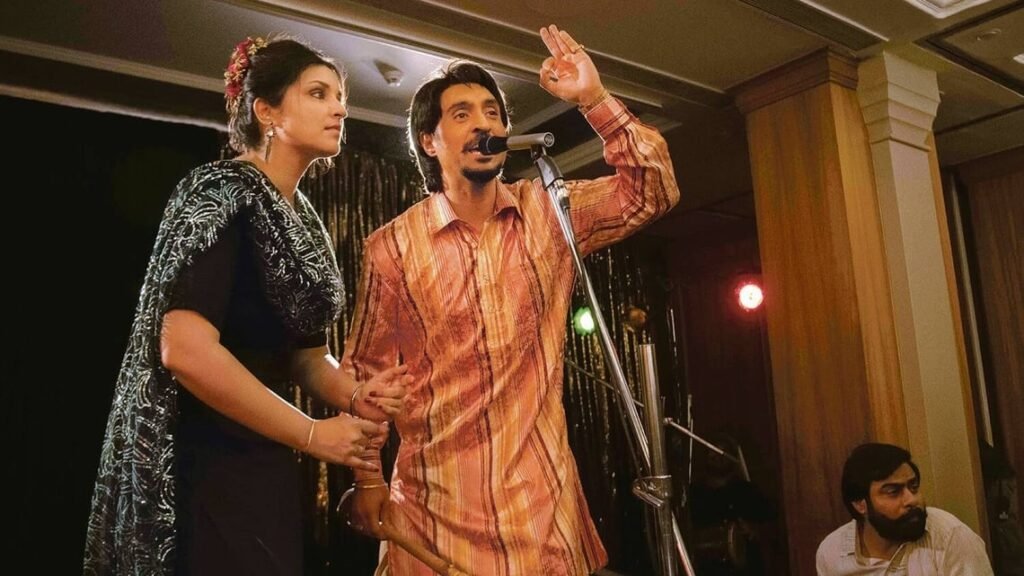
No architect takes credit for a building’s construction if it collapses. However, when a person collapses, everyone turns into his creator. The narrative is subsequently carried out by Chamkila’s grieving coworkers in front of a cynical police officer (Anuraag Arora), among them income-tax agent and supporter Swarn Sivia.
These men live in that space between wide daylight and darkness, as well as between night and day, while they wait for the families to arrive. Because of how intense the nostalgia is, Chamkila is absolved of his transgressions: It predates his first wife’s presence, his drinking and smoking habits, and his deceit. It presents his man-childishness as an outgrowth of the naive youngster who enquired about the meaning of “khada (erect)” from his mother.
The timing and staging convey a lot. The senior police officer is listening intently in the yard as the bodies lie inside Chamkila’s bungalow, his disinterest in the guy who ‘corrupted Punjab’ gradually becoming to compassion. When the roadside storyteller (Piyush Mishra) starts mixing together fables, he responds similarly to Ved in Tamasha.
Although the cutaways of the disfigured faces throughout the flashback are difficult to understand, they continue to anchor the fantasy in an unavoidable reality. This takes place within the course of a single night, which represents the time between Chamkila’s fleeting life and his eternal loss. It’s the stillness in between two storms, when he remains more flesh than blood, more man than myth.
Additionally, this framework provides context for the logical soundtrack by composer A.R. Rahman and poet Irshad Kamil. Since Chamkila never composed music for himself, it is composed for him in the movie. The record helps him because he was so preoccupied with helping other people.
From the raucous opening notes of “Baaja” to the melancholic codas of “Vidaa Karo,” all six of the songs accomplish what he was never able to financially support: they each tell his personal story.
It seems as though they are urging everyone who has been impacted by his work—friends, enemies, ladies who are surreptitiously enjoying his lewd poetry, inspectors and constables, truck drivers (even those in Ali’s Highway), and farmers—to take responsibility for their actions, get in front of the camera, and perform for him. It also unfolds as if Chamkila had suffered and lived longer, he might have written a kind of autobiography.
The kind that, when the tamasha (spectacle) of his rock star days were over, he might have written in his backyard during magic hour. That’s what Amar Singh Chamkila is all about.

The words from the headline are reclaimed. And it mourns the passing of a location and a period of time rather than a specific individual; it mourns a world that gazed and pondered. This isn’t a whodunit movie. It’s a ghost story that haunts a society that still kills its messengers.
All things considered, Amar Singh Chamkila is a remarkable movie with the potential to become a cult classic. It is capable of writing OTT history. The movie will win over the audience’s affection for years to come. Amar Singh Chamkila Movie is currently streaming on Netflix.










